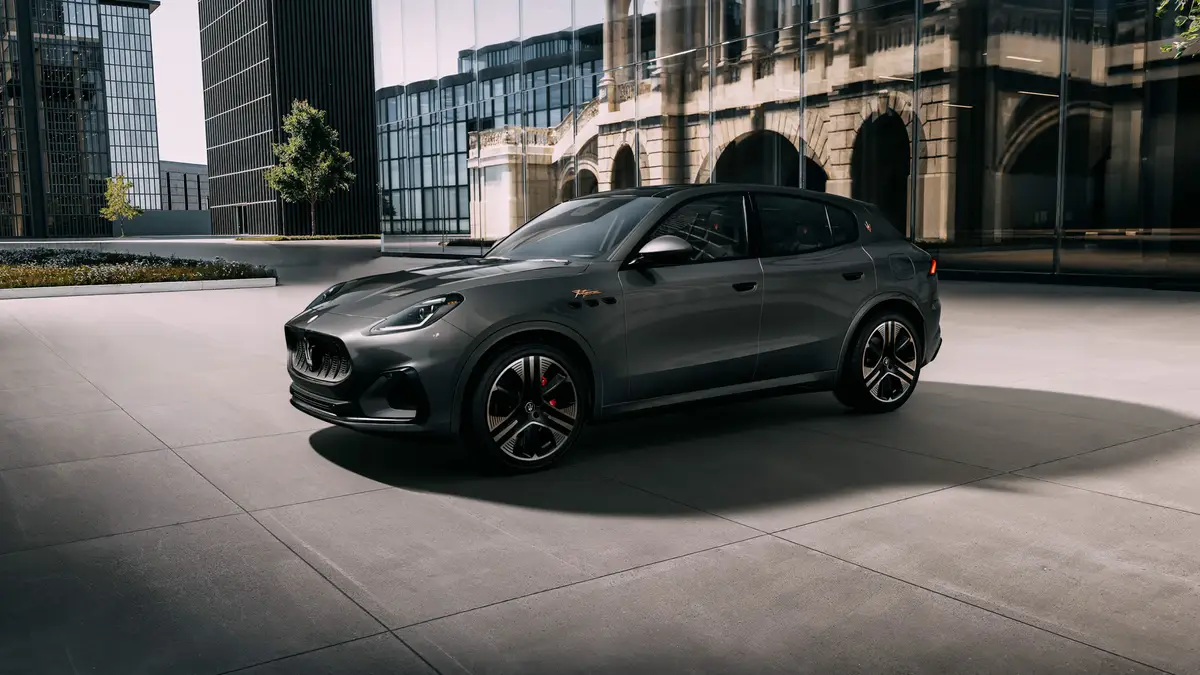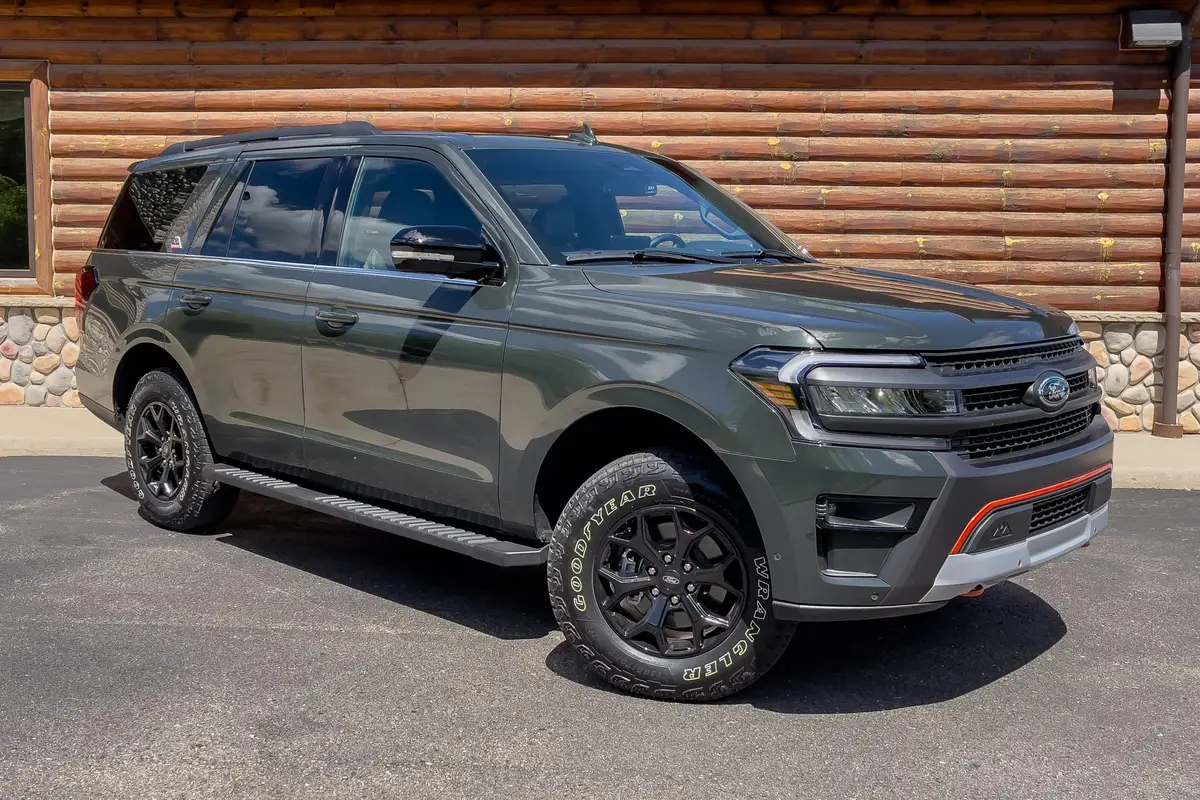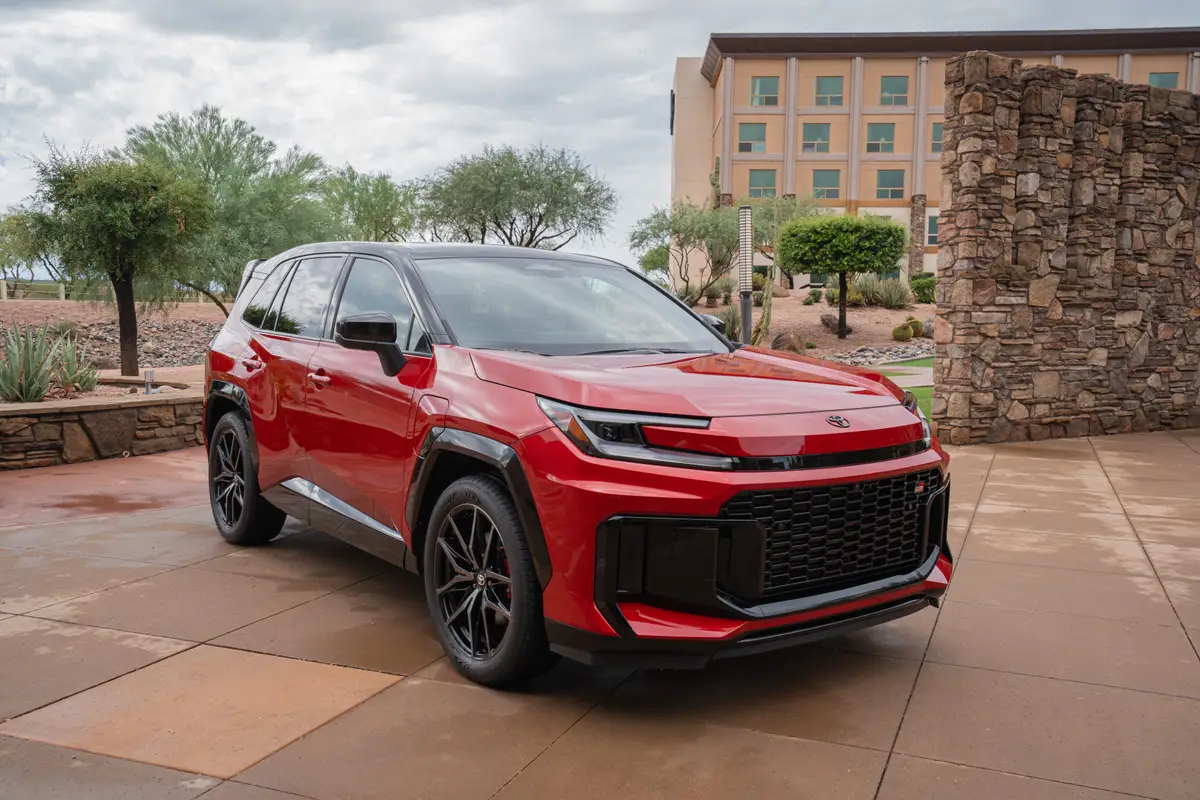The Morning Call and Mcall.com's view
When it comes to mid-size sedans, the competition for customers is fierce.
There are plenty of great choices here: Ford Contour/Mercury Mystique, Ford Taurus/Mercury Sable, Chrysler Cirrus/Dodge Stratus/Plymouth Breeze, Nissan Altima, Mazda 626, Honda Accord and Toyota Camry.
If you noticed there isn’t a Chevrolet listed here, it’s because, despite the presence of the Lumina, there really isn’t a model aimed at the import buyer.
So, when it came time to replace the Corsica (a car most people barely remember), Chevrolet designed a car that would feel like an import. Then they went ahead and slapped an old name on it. Go figure.
Called the Malibu, this car has about the same amount of interior space and more trunk space than the longer Lumina, yet it blocks less sun on the pavement. The car’s lines are conservative in the extreme, reflecting the upright, rounded look of most Asian soap-bar designs. The most distinctive part of the car could be its windows, lifted from the Buick Park Avenue.
But despite the new sheet metal, few people strained to look at the Malibu. The styling, it seems, is anonymous. (This is either good or bad, depending on your paranoia level.)
Chevy is making lots of noise about how they listened to the customer when they were designing the car, but it seems they looked really hard at the Toyota Camry and Honda Accord.
The seating is firm and chair-level, giving the driver a view over the dash and hood. The front bucket seats are superior to those in the Lumina, giving good support on long highway dashes. They’re somewhat flat, however. The rear seat back seems too reclined, but there is adequate space back there, and it seems to be a better place to spend time than in the Lumina. But the same can be said of many Asian competitors.
The power driver’s seat allowed good positioning behind the wheel. Because this car comes only with bucket seats and a console (a bench seat is not available), designers were able to install the dash low in the cabin and dash-mount the ignition key. Both features mimic the imports.
The dash has a very Toyota-like flavor, with the AM/FM/CD player situated above the climate controls. Unfortunately, the cassette player is buried under the climate controls, which are rotary knobs plus a couple of buttons that light upon activation. The controls look like imports, but have a cheaper feel.
GM finally did depart from its usual practice of cramming too many functions on the steering wheel stalk. The left-side control works the turn signals and right side works the wipers. The standard intermittent wipers are variable speed. There are lots of storage nooks, and the Malibu even has the world’s first left-handed cup holder.
Faux pas were limited for a new GM-er. The automatic transmission lever (a manual transmission is not available) was too tall and blocks the cassette player. There’s a lot of wind and road noise. Otherwise, this car felt tight, transmitting none of the shake and tremble common to some GM mid-sized cars.
As new as the design is, the drive train is familiar. The base engine is a 2.4-liter double-overhead-cam, 16-valve, four-cylinder engine that serves as the top choice in the Chevy Cavalier. With 150 horses and and 155 foot-pounds of torque, it would seem sufficient for the job. It comes standard on the base sedan.
Jumping up to the LS trim level delivers Chevy’s familiar 3.1-liter overhead valve V6. It only has five more horses, but delivers 30 more foot-pounds of torque, making for a more relaxed feel. The test car had the V6, which is refined for the most part but gets noisy when pressed.
Four-wheel independent suspension delivers a fairly athletic ride, with some body lean. The feel is similar to a Camry: Tires notice expansion joints in the road, but don’t deliver the shock to the driver. While not the most sporting ride around, this is one of Chevy ‘s best-handling sedans, with a good ride-handling trade off. Thank the four-wheel independent suspension for that. Brakes are the same for both models: front disc/rear drum with anti-lock.
All Malibus come with air conditioning, dual front air bags, anti-lock brakes, remote trunk release, variable intermittent wipers, a tilt steering wheel and a four-cylinder engine standard at a base price just north of $15,000.
Jump to the LS, and Chevy throws in better cloth upholstery, rear-window defogger, AM/FM/cassette with speed compensated volume, six-way power driver’s seat, cruise control, power windows, luggage convenience net, keyless entry, split fold-down rear seats, fog lamps, power mirrors, aluminum wheels and the V6 engine. With a CD player and New York State emissions, the test vehicle was priced at $19,079. Even at this price, it is extremely competitive in today’s market.
What makes this car so notable is that, for the first time, Chevrolet truly has assembled an import-fighter, built to the design of its best-selling competitors. With a low starting price, this roomy, athletic car is a good value and could help Chevrolet regain its prominence in the mid-sized market.
1997 Malibu LS Base price: $18,190 As tested: $19,079 EPA rating: 22 mpg city, 36 mpg highway
Latest news



